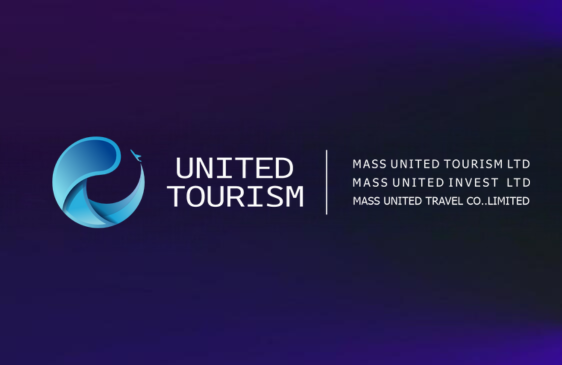
United Tourism Industry, as a multinational conglomerate spanning the United States, the United Kingdom, and China (Hong Kong), operates in three core sectors: cultural tourism IP route development, cultural tourism asset restructuring, and cultural tourism RWA data construction. With over 50 offices worldwide, the group has established partnerships with more than 500 entities across various domains, including aviation, hotels, asset management, and the internet. Collaborating with over 20 Fortune Global 500 companies and maintaining long-term relationships with tourism boards from over 30 countries, United Tourism Industry has achieved a compound annual revenue growth rate exceeding 30% in the past five years. Committed to becoming a global leader in the tourism industry, the group strives to create a unique experience and value for global travelers through international and diversified services.
Cultural tourism asset restructuring, as one of the core business modules of United Tourism Industry, provides a solid foundation for ensuring the group's high-quality growth and constructing a sustainable and stable profit-generating system. To further expand the group's portfolio of premium cultural tourism assets globally and support the long-term development of regional markets worldwide, on November 12, 2023, United Tourism Industry officially entered into long-term strategic partnerships with international outstanding cultural tourism assets such as Maasai Mara Village in Kenya, Galle Fort in Sri Lanka, and Fes Ancient City in Morocco.
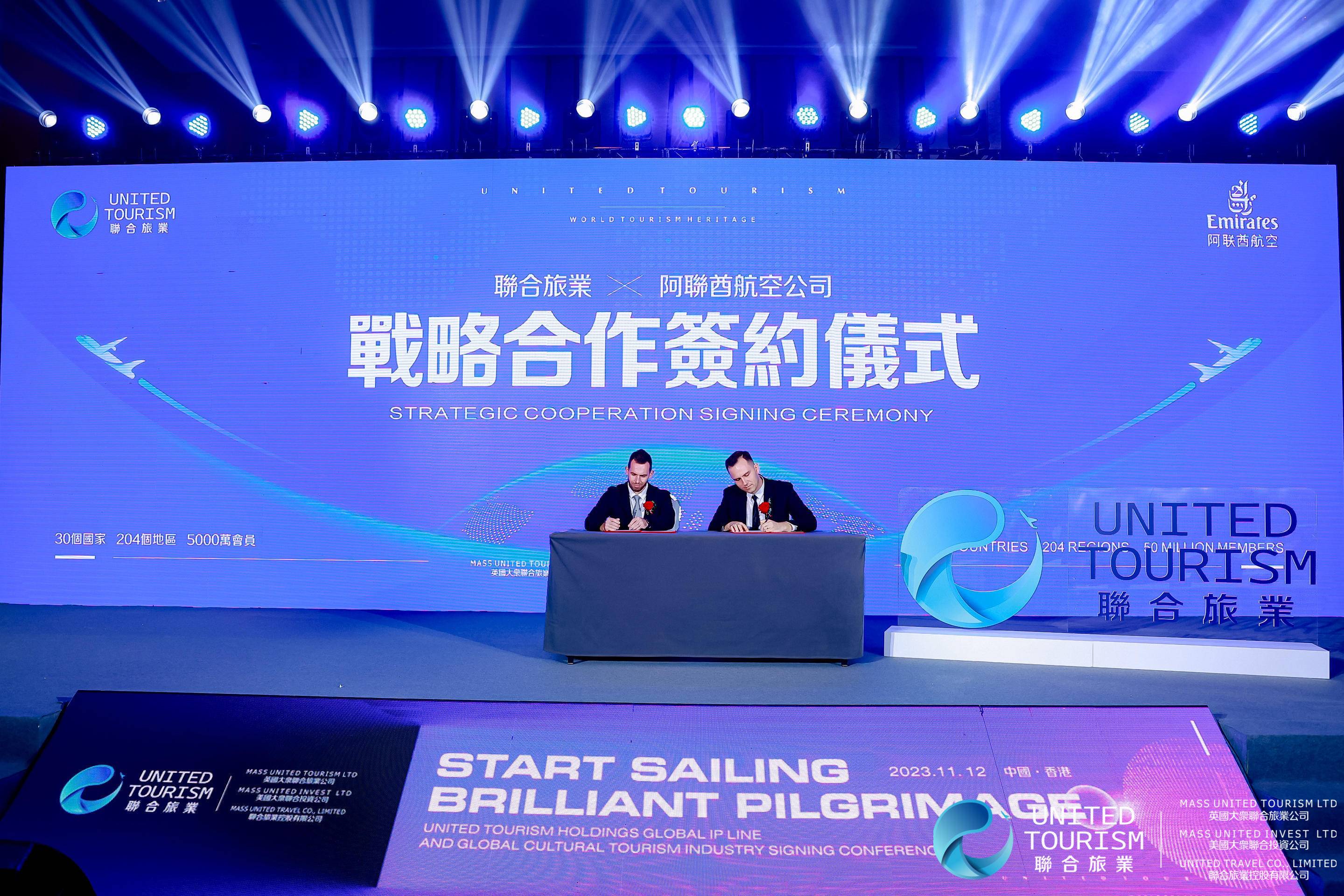
This collaboration marks the comprehensive implementation of United Tourism Industry's cultural tourism asset restructuring plan in the African region. The strategic move to generate continuous revenue through premium cultural tourism assets and leverage these assets to catalyze broader regional cooperation is expected to yield significant benefits in Africa, where cultural tourism resources are abundant and development levels are relatively low.
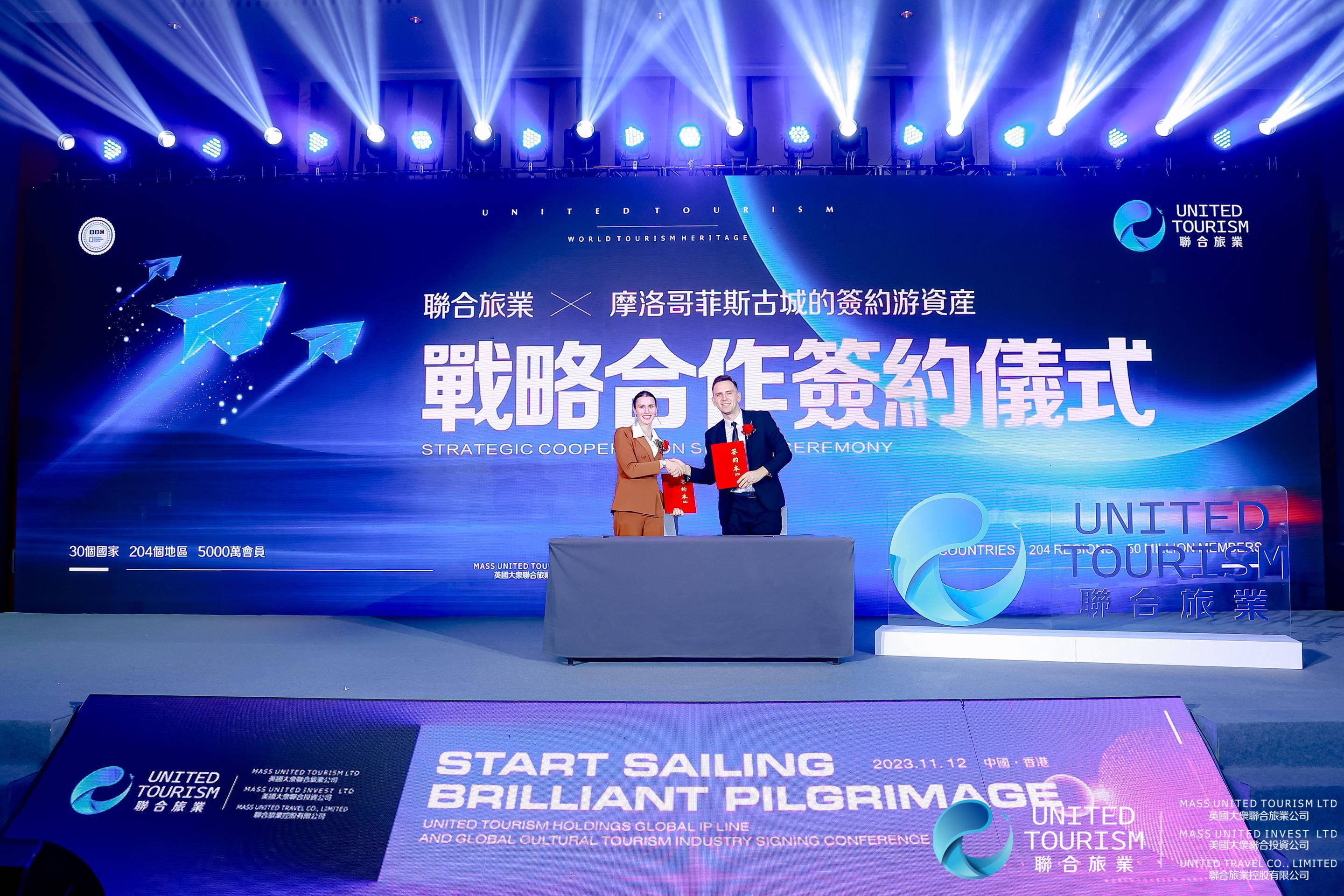
In order to solidify the sustained and steady development of the group's cultural tourism assets in Asia, United Tourism Industry has set its sights on the developing country of Sri Lanka. The company has entered into an asset cooperation agreement with the renowned cultural heritage, Galle Fort, in hopes of using cultural tourism landmarks as an entry point to comprehensively open up Sri Lanka's cultural tourism asset integration plan. By leveraging cultural and tourism attractions, United Tourism Industry aims to transform Sri Lanka into another significant model for cultural tourism industry resource integration in Asia by the year 2024.
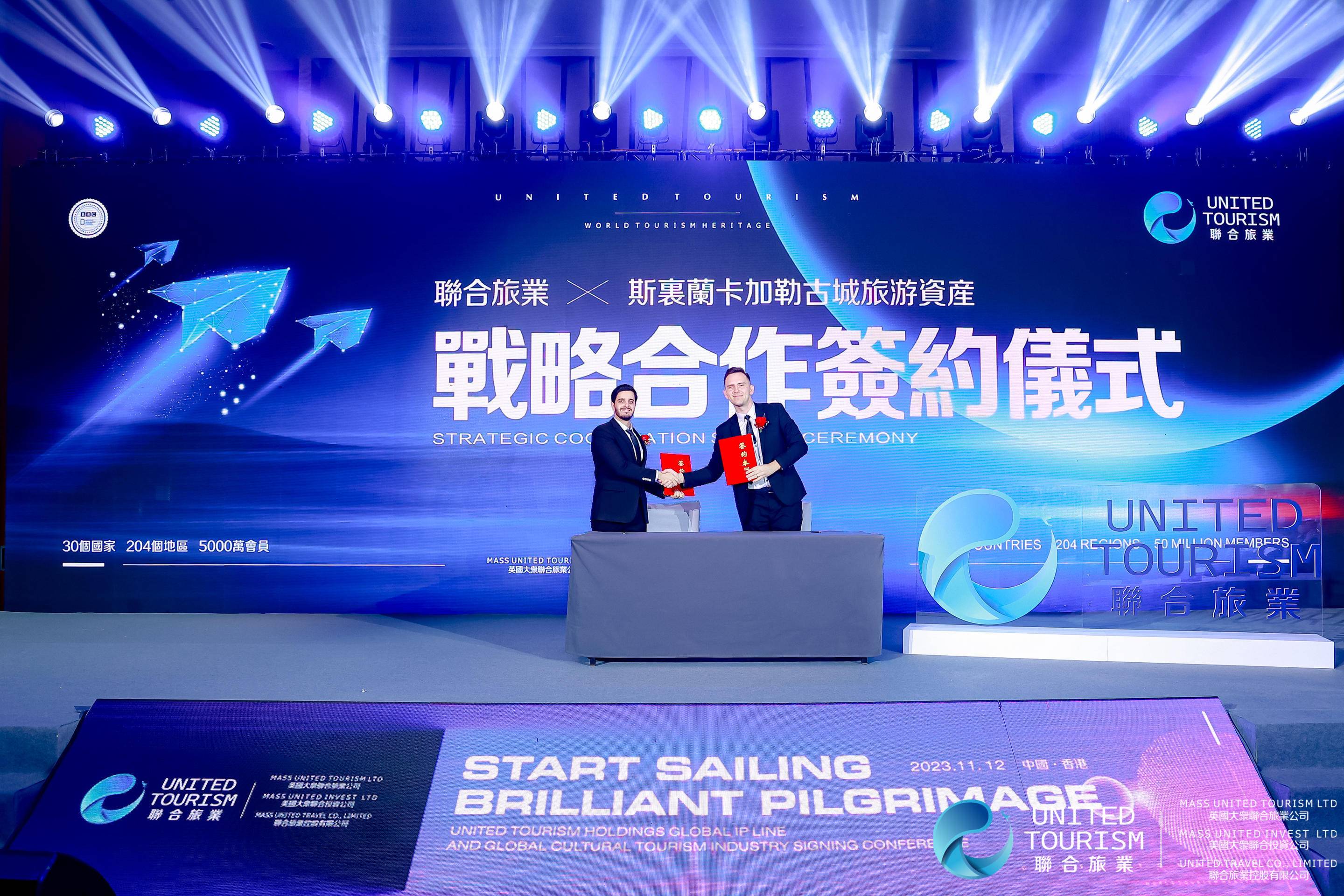
To further ensure the efficient operation of United Tourism Industry's international cultural tourism asset restructuring projects in the North American channels, a strategic partnership agreement was reached during the press conference between United Tourism Industry in the UK and United Investment Company in the United States for a strategic investment of $36 million. With the infusion of more international capital, it is believed that the healthy and stable development of United Tourism Industry in the Asian, European, and North American markets will reach new heights in the future.
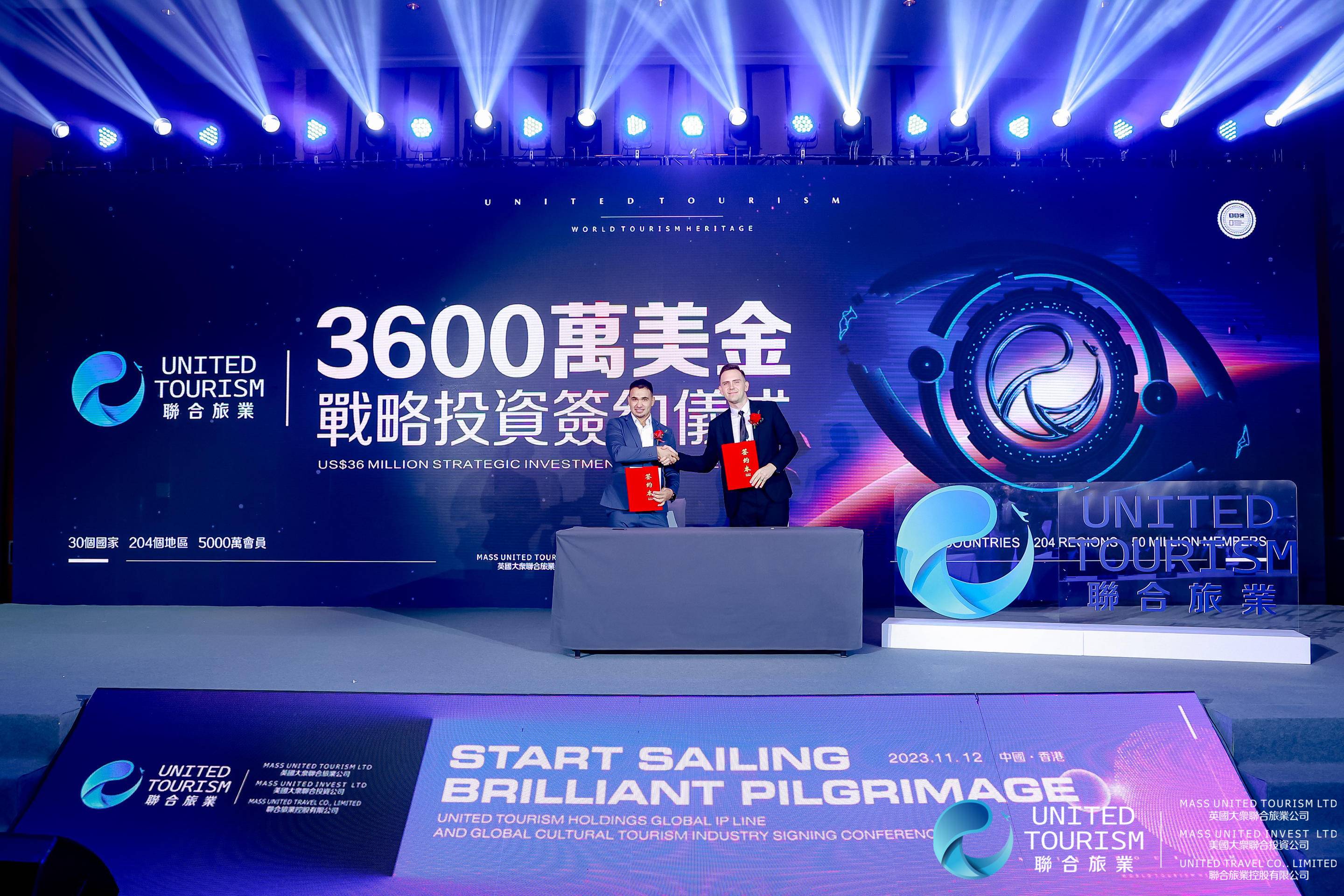
From being a former cultural tourism industry service provider to now a global one-stop integration platform for cultural tourism resources, the development of United Tourism Industry is evident step by step. It is believed that as the group gradually achieves globalization and ecological transformation, there will be more giants from various industries joining the cultural tourism ecosystem. At the same time, more high-quality assets will be injected into the cultural tourism industry through integration and RWA. The era of United Tourism Industry is here; are you ready to join?
Disclaimer: The publication/reproduction of this article on this site is solely for the purpose of conveying more information, does not imply an endorsement of its views, or substantiate its accuracy or effectiveness. The copyrights of related images and texts belong to the original author.